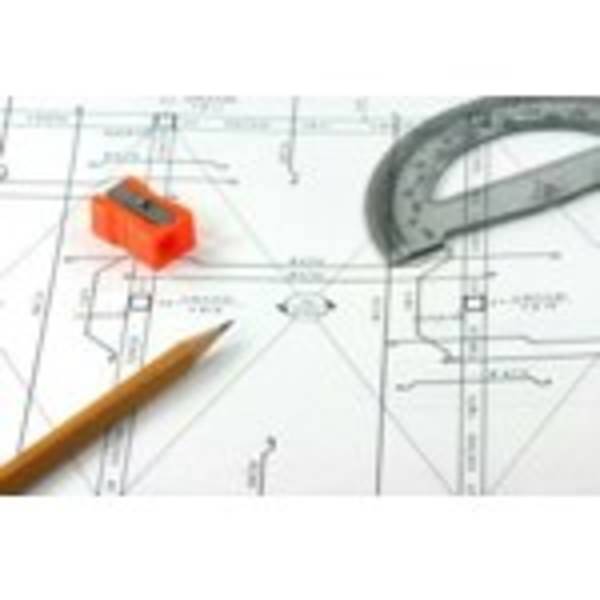The elements of design are changing. Innovation is changing the design and planning process of everything from how you lay out a garden to the infrastructure of an industrial facility.

Designers and developers are looking to become more sustainable – ecologically and economically. Hence, design principles are changing the way they go about their business, with an eye toward using technology to make the process more efficient.
This content series is brought to you by Autodesk – Accelerating Better Design
Sustainable design tools can be simple or extremely complex. Simple tools are things that can be accessed through any computer, tablet or smartphone anywhere, like GPS. With GPS, the location of a garden, a building, or a cultural or industrial park can be mapped to its precise location. That makes it possible to ascertain many different factors that could help in making design decisions.
For instance, designers can cross-reference a GPS point with an abundance of historical weather data. How much rain does the location get? What direction does that rain tend to come from? How can a building be positioned to maximize airflow, which could cut down on heating and cooling?
Software can help. If a designer has a dataset of building materials, for example, what are the most effective sustainable materials to build with in the location? Not all renewable building resources are created equal. Sustainable energy production can be quantified by harvesting data on wind and sun strength in the area to determine the precise location for turbines and solar panels to feed the location.
The Future of Sustainable Design
Sustainable design can make cities less cluttered. For instance, take a drive through midtown Manhattan and look for parking. Within the last several years, corner parking lots are increasing the efficiency of their physical space by using stacking principles (fork lifts, essentially, that keep your car a story up in the air). By stacking cars, buildings do not have to be repurposed for the inefficient use of being nothing but a parking lot.
Almost any industry sector you can think of will be affected by sustainable design and the new tools that developers are using to implement it. From agriculture that helps create more efficient irrigation systems to energy, water, furniture and so on.
These are the concerns of the modern designer. Over the last 20 years, advanced computer technology has enabled them to not just do their jobs more efficiently, but also with a precision that was not easily available to them before.
Photo by forwardcom

















